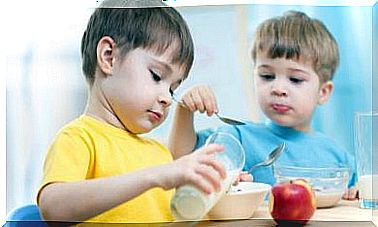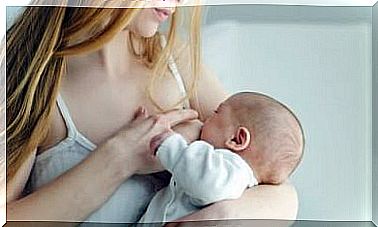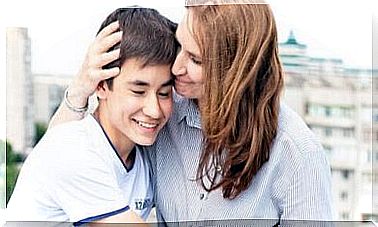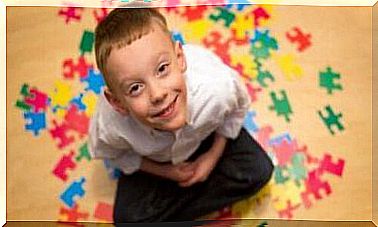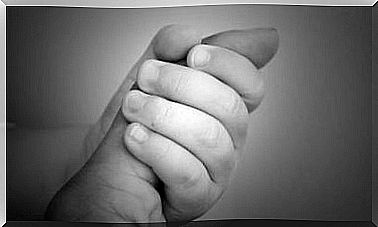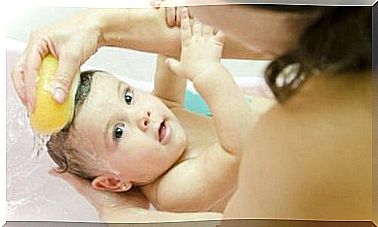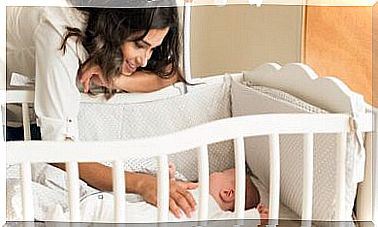What Is Jaundice In Infants And How Is It Treated?

Although jaundice in infants does not usually show major complications, it can still be good for parents to know what it is and why it occurs, in order to be able to handle it properly.
Jaundice is caused by an excess of bilirubin in the blood. It leads to a yellowish color in the skin, eyes and mucus. Because bilirubin is present in the bloodstream, it spreads easily and rapidly throughout the body.
Jaundice in infants occurs when bilirubin (which is a hemoglobin secretion) cannot be transformed in the liver or excreted normally in the baby’s waste.
It is the cause of the yellow pigmentation that is typical of this disease.
Many children and toddlers suffer from jaundice because their liver is not yet fully mature. Therefore, the liver cannot dispose of the waste properly.
Test at home
To see if your baby has jaundice, gently press its nose and forehead with your finger.
If the skin retains its yellow color when you lift your finger, your child may have had a small bout of jaundice.
If not, the skin should be lighter than normal for a little while after being pressed.
Below we will tell you about the different types of jaundice in infants, as well as symptoms and other interesting facts.
What different types of jaundice can occur in infants?
There are two types of jaundice in infants. Even if both are harmless, you should still keep an eye on your child.
- Jaundice based on nutrition. This type of jaundice occurs during a baby’s first weeks of life and can occur because your baby does not eat enough.
a) The mother may experience a delay in milk production. It is important that newborns get enough milk at each feeding and breastfeed 10-12 times each day. - Jaundice due to mother’s milk. Certain substances in breast milk may block certain proteins that are supposed to break down bilirubin.
a) Your child’s pediatrician may recommend that you stop breastfeeding for a day or two to reduce bilirubin levels. You should only stop breast-feeding during your doctor’s prescription.
b) If you do, you can replace your own milk with milk substitute. When the given time is up, you can go back to breastfeeding your baby. To keep milk production going while your baby gets a bottle, you can use a breast pump.
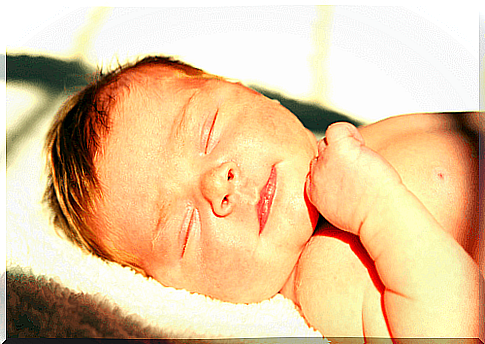
More severe signs and symptoms
When jaundice is severe, there may be an incompatibility between the mother’s and baby’s blood. However, it is very unusual.
This is the reason why the midwife or gynecologist can ask pregnant mothers about their blood type. Knowing the mother’s blood type helps them anticipate any complications in order to take the necessary precautions.
However, if you notice any of the following symptoms, take your baby to the pediatrician:
- Your baby’s skin is getting yellower and yellower, especially on his stomach, arms and legs.
- Your baby looks sick and it’s hard to wake him.
- Your baby has a very loud cry.
- Bleeding.
- Hepatitis.
- Fever and vomiting.
- Your baby is constantly looking up.
- Your baby seems very worried.
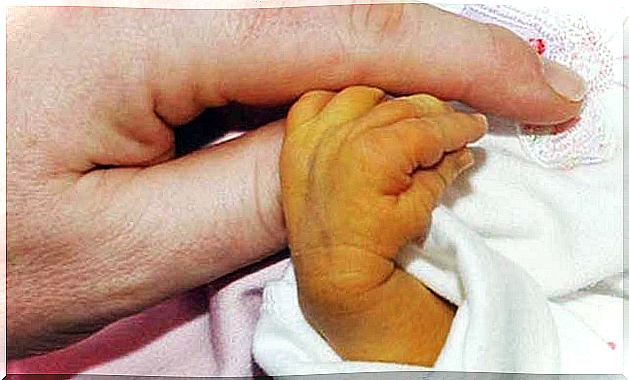
Causes
In addition to incompatibility between mother and baby blood types, jaundice can also be due to the following causes:
- Premature birth
- The use of labor forceps during childbirth
- Abnormally shaped blood cells
- Lack of enzymes
- Hypoxia
- Congenital infections, such as measles, syphilis, etc.
- Blood infections in the child, also known as blood poisoning
Treatment
There are various treatments available to help children recover from jaundice. Some can be performed at home (on the recommendation of a pediatrician), and others are done in the hospital.
- Sunlight. This means that the child is exposed to sunlight between 09:00 and 16:00. You need to be sure to cover your baby’s eyes and genitals and constantly change his position.
- Check the levels of bilirubin in your baby’s blood regularly.
- Light therapy. Light therapy involves directing blue light at the child while he is in an incubator with his eyes covered. The treatment involves a hospital stay.
- Feeding. Another method means that the baby should get plenty of breast milk or compensation. This allows you to change the diaper more often, and the baby gets rid of excess bilirubin faster.

